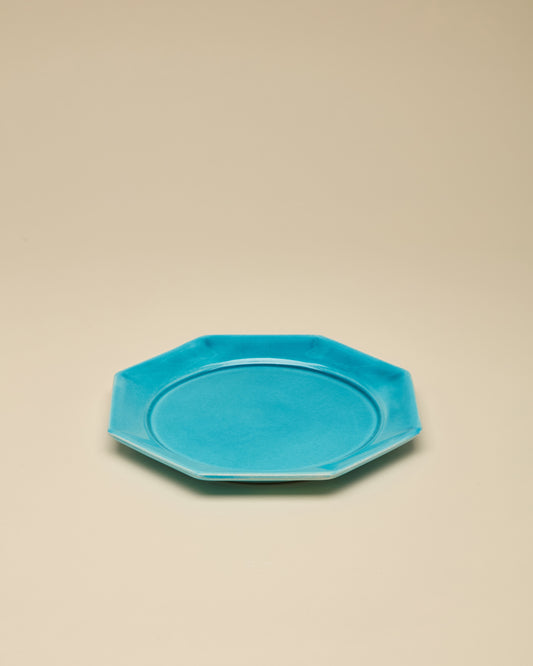The Paradiso Plate
The Paradiso Plate
Regular price
$160
Regular price
Sale price
$160
Unit price
per
The Paradiso plate is inspired by an Iznik tile motif from the 16th century. Reimagined with strong ties to the original design, the plate features a central vase motif with tulips and leafy sprigs, and is bordered by a vine of small flowers on a raised lip. Hand-painted by master artisans in Iznik, Turkey, once the center of ceramic tile production during the Ottoman Empire.
Please note that all items are hand-painted, slight variations may occur.
Please note that all items are hand-painted, slight variations may occur.
Product Details
Product Details
Product Care
Product Care
Couldn't load pickup availability



















